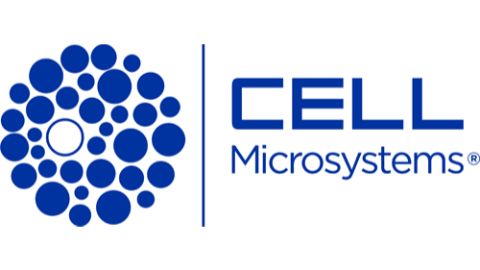Rapid analysis of 3D tumour spheroids in soft agar and on ultra-low attachment plates using a laser scanning imaging system

Research to identify new anticancer drugs is currently facing significant challenges, as only 5% of compounds that show efficacy in pre-clinical development go on to become licensed drugs. Traditionally 2D cell culture models have been employed to evaluate drug candidates in the early phases of the drug discovery process, however, there is increasing evidence that cells grown in 2D monolayers do not accurately reflect the biological complexity of tumours. The requirement for better in vitro tumour models that are compatible with high throughput screening campaigns has led to the development of 3D cell cultures models, especially muliticellular tumour spheroids, which retain many of the morphological and genetic traits of tumours.
Here we describe the formation of such spheroids by two methods: On ultra-low attachment plates and in semi-solid agarose. Both methods are compatible with 96- and 384-well microplate formats. We then used the acumen cellista to rapidly image entire microplates (<5 minutes/plate), reporting a range of parameters such as spheroid number, area and volume. The acumen cellista is ideally suited to the high content analysis of spheroids, as the whole-well scanning capability of the instrument will include data from all the spheroids in a well, while the large depth of field of the scan lens allows the determination of individual spheroid volume without the need to acquire a Z stack of images.
Here we describe the formation of such spheroids by two methods: On ultra-low attachment plates and in semi-solid agarose. Both methods are compatible with 96- and 384-well microplate formats. We then used the acumen cellista to rapidly image entire microplates (<5 minutes/plate), reporting a range of parameters such as spheroid number, area and volume. The acumen cellista is ideally suited to the high content analysis of spheroids, as the whole-well scanning capability of the instrument will include data from all the spheroids in a well, while the large depth of field of the scan lens allows the determination of individual spheroid volume without the need to acquire a Z stack of images.





